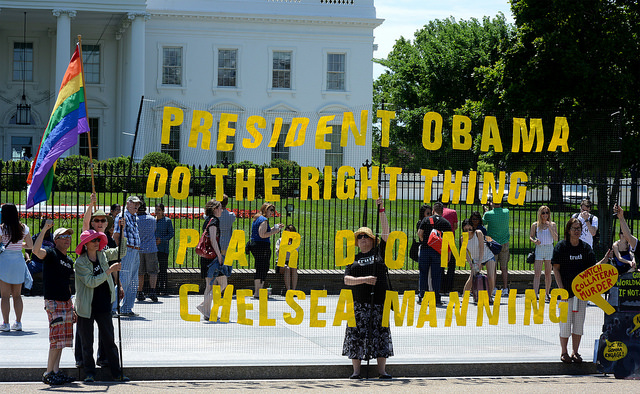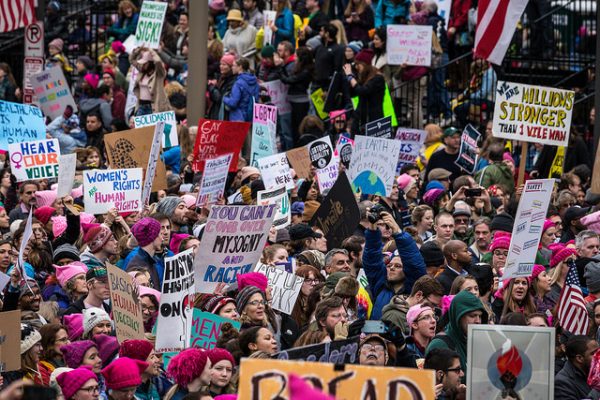
The Trump administration continues to ramp up policies that not only curb the flow of undocumented migrants into the United States, but also bolster an already formidable deportation system. Currently, many “Dreamers” protected by former president Obama’s executive order are worried that president Trump will overturn this crucial immigration policy, which grants residency status to undocumented individuals that came to the United States as children prior to 2012. This unprecedented move could potentially lead to the detention and deportation of nearly 800,000 people. Surprisingly, social science has found that immigration policy in the United States does not typically follow immigration patterns, but more often shaped by economic and political conditions.
Many legal avenues for migration to the United States were dismantled from the late 1950s through 1965, including the elimination of many temporary worker visas and country and hemispheric quotas. This policy shift resulted in an uptick in undocumented migrants from Latin America until the late 1970s, which subsequently tapered off with the passage of the Immigration and Reform Control Act in 1986. Due to this influx of undocumented immigrants, political rhetoric surrounding immigration took a punitive turn, fueling anti-immigrant sentiment and restrictionist policies with strict enforcement practices, especially during the mid 1990s through the 2000s.
- Douglas S. Massey and Karen A. Pren. 2012. “Unintended Consequences of US Immigration Policy: Explaining the Post‐1965 Surge from Latin America.” Population and Development Review 38(1): 1-29.
Deportations of both undocumented and documented immigrants has increased significantly in the past few decades, so much so that under the Obama administration, a record 2 million immigrants were deported by the end of 2013. These unprecedented numbers of deportations typically involved people with no criminal record or those with minor convictions, such as traffic offenses or marijuana possession, and nearly one quarter of the 400,000 deportees in 2012 were parents of U.S. citizens.
- Marie Gottschalk. 2016. Caught: The Prison State and the Lockdown of American Politics. Princeton University Press.
Scholars have demonstrated the parallels between the system of mass deportation and mass incarceration in the United States, both of which disproportionately impact men of color, are rife with punitive rhetoric, and are bolstered by massive government and private expenditures. Tanya Maria Golash-Boza contends that deportation is nested within the current state of global capitalism. She argues that deportations serve the function of removing surplus labor while keeping undocumented labor populations in the United States compliant and vulnerable. This era of mass deportation and “crimmigration” comes at a significant cost to immigrant communities and families. Unfortunately, if the current political climate of “America First” is any indicator, these social and human costs will only exacerbate in the recent future.
- Tanya Maria Golash-Boza. 2015. Deported: Immigrant Policing, Disposable Labor and Global Capitalism. NYU Press.
- Jacqueline Maria Hagan, Nestor Rodriguez, and Brianna Castro. 2011. Social Effects of Mass Deportations by the United States Government, 2000–10. Ethnic and Racial Studies 34(8): 1374-1391.









